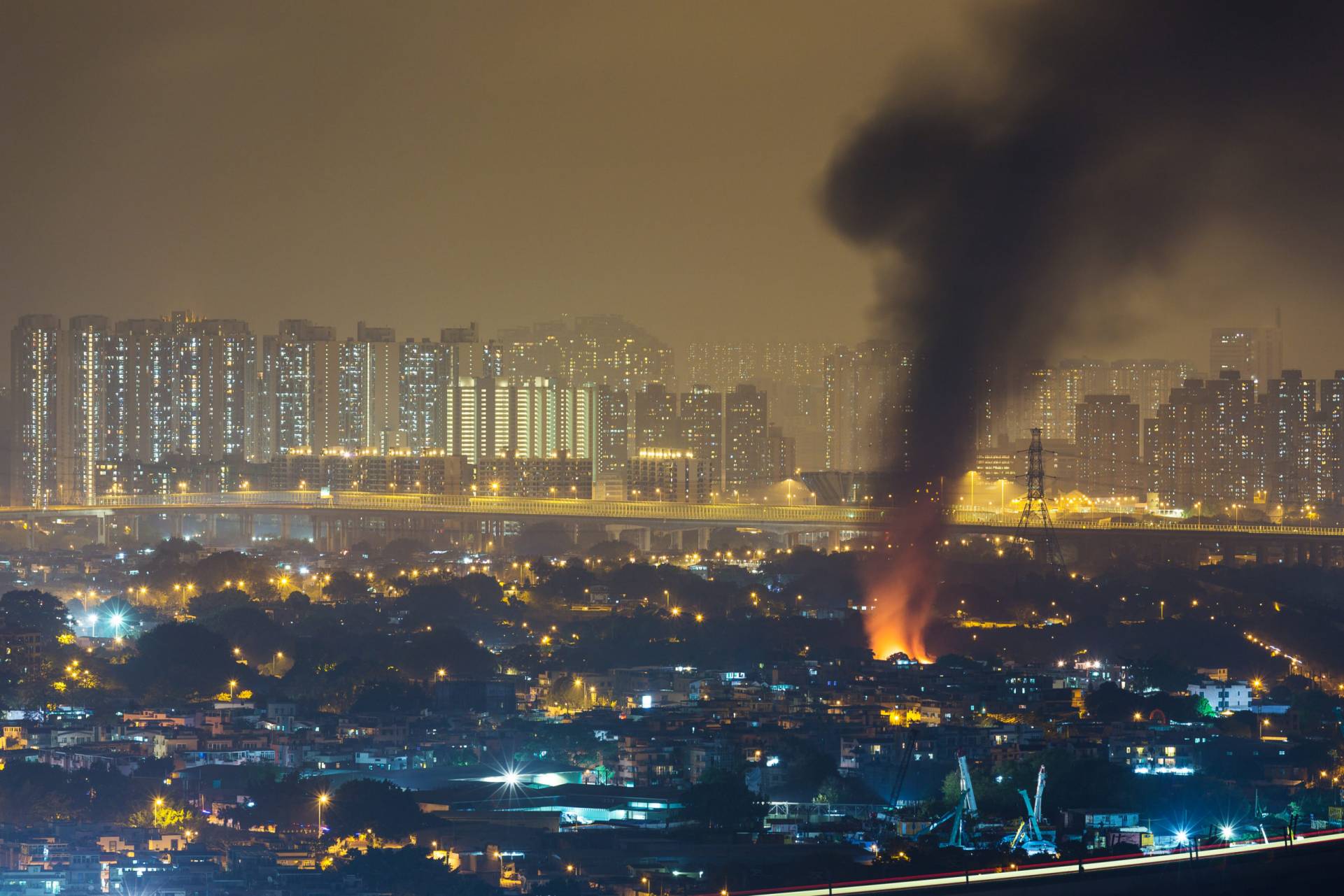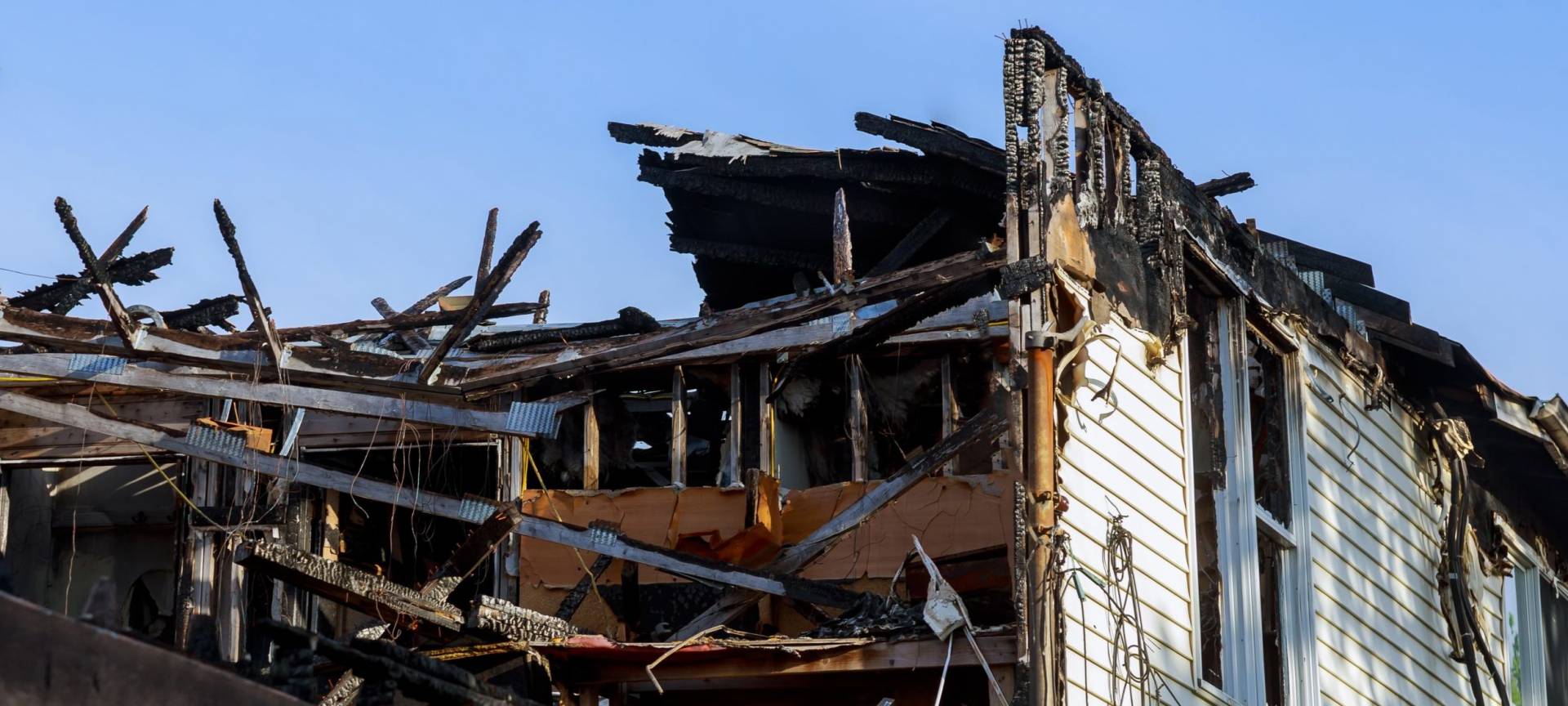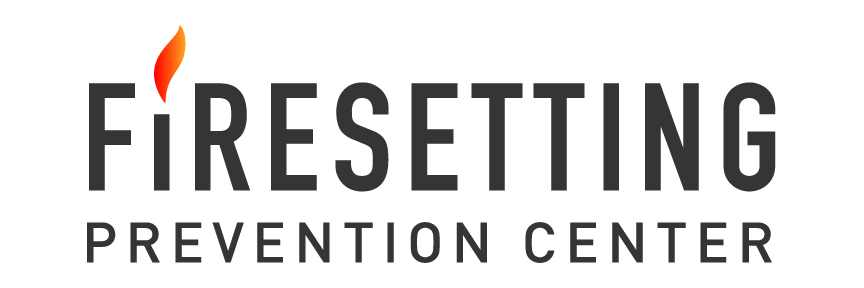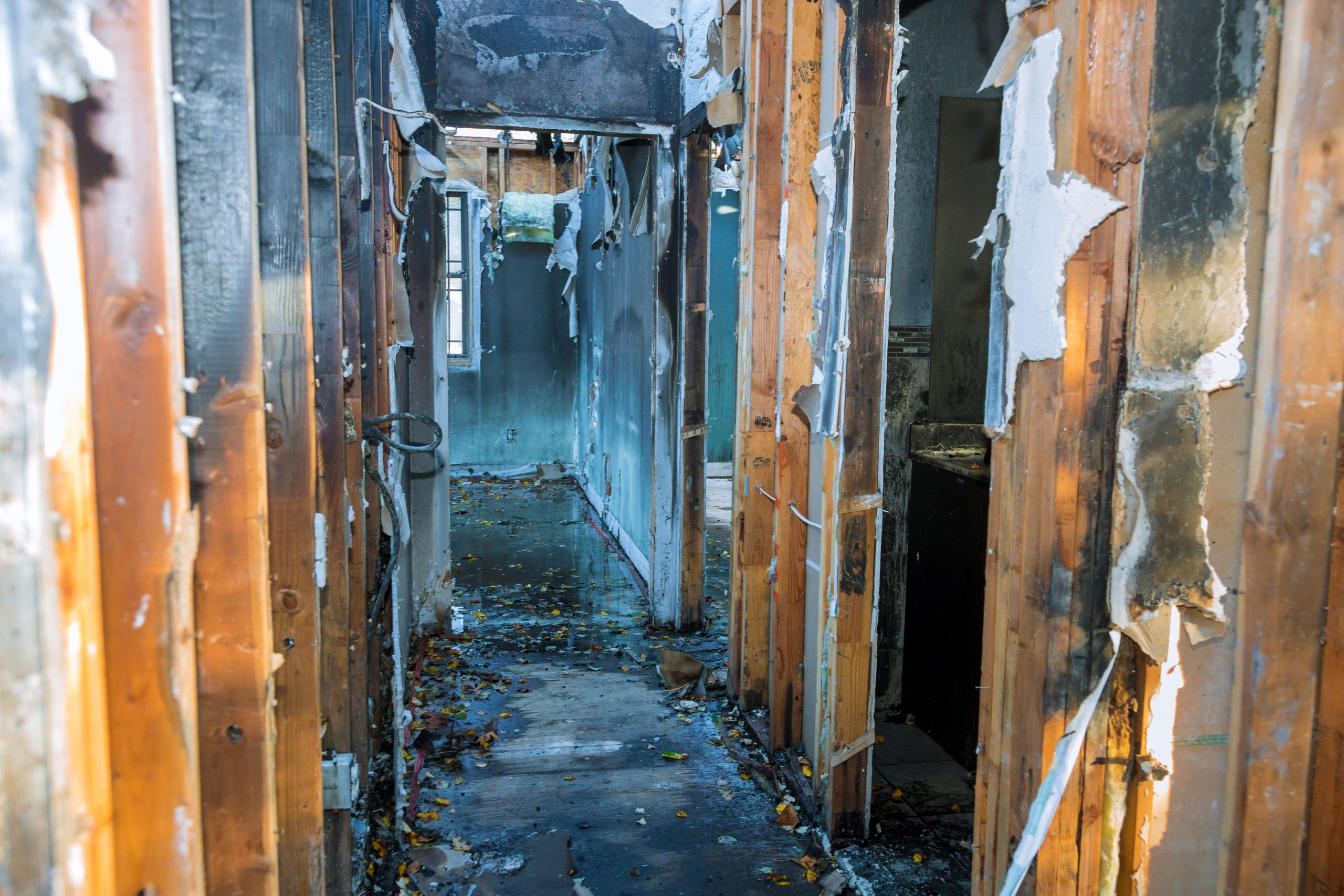From Risk Management to Forensic Evaluations
Evaluation, Treatment, and Training
Firesetting evaluations can be completed in combination with other risk management evaluations, including violence and sexual risk assessment.
Evaluations
Comprehensive evaluations for adults who have deliberately set fires
Treatment
Providing individual and group treatment for adults with firesetting behaviors
Consultation
Providing consultation related to firesetting assessment and treatment
Training
Providing professional development training and workshops related to firesetting



Slide 1
Slide 2
Slide 3


